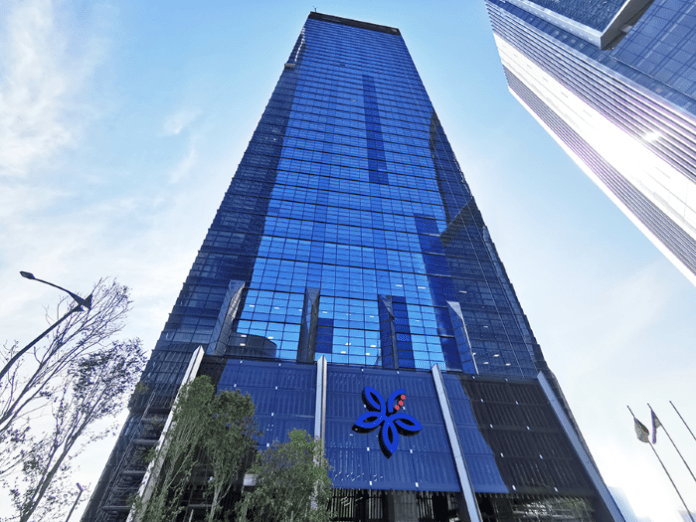According to recent media reports, the Sarawak government (SWG) could be vying for a 30% stake, rather than the previously mentioned 20%. MIDF believes that there is a significant difference where it could imply that the SWG is looking to be the largest shareholder.
From a fundamental perspective, the potential new shareholder is in line with Affin’s current direction. The house thinks it provides Affin with increased Investment Banking (IB) opportunities (given that its NOII hasn’t fully recovered from the AHAM disposal). It also provides Affin opportunities to build up its SME and corporate segments, especially when the Group is looking to move away from lower-yielding consumer loan segments.
At the same time, it’s important not to overstate the benefits brought about by these changes. Affin is still far too expensive for its valuation, given the multiple headwinds it faces in the near future. The house feels that benefits brought about by a new shareholder will take some time to manifest.
The SWG’s incentives in acquiring Affin Bank are very apparent it said. As alluded to by media reports, SWG intends
to use Affin to boost the state’s financing of SME and business activities. A large-scale, state-linked bank is crucial in ensuring the financing of development initiatives in Sarawak is well supported.
SME and corporate segments may potentially benefit – in line with the Group’s loan portfolio rebalancing intentions. As alluded to in media reports, Affin will be able to support Sarawak’s business and SME growth. Stronger growth of these SME and corporate segments is in line with Affin’s current direction improving asset yields and NIM profile.
The implication is different between a 30% or 20% stake. Initial media reports pegged the SWG’s proposed stake at 20%. However, more recent articles have now pegged it at 30%. The change in proposed stake is significant as it determines who will be the largest shareholder at Affin Bank, and this could influence its future direction. MIDF says it feels that a 30% stake would make more sense from SWG’s perspective – as the largest shareholder, it will be able to exercise significantly more control over the bank’s direction – in line with the state’s intention to provide the financing for the state development initiatives. It is also possible that it could have a higher stake, albeit via indirect means. Also, it should be stated that these are all subject to BNM approval.
Could Bank of East Asia pare down its 24% stake? At current juncture, MIDF thinks it is unlikely. BEA has held onto its stake for over thirteen years, when Affin’s balance sheet was in far worse shape. The house notes that Affin has made significant improvements in the past few years, and believes BEA will likely want to reap these benefits. However, MIDF is not ruling
out anything as valuation will be a major determinant to its opinion.
MIDF says it believes that Affin is trading ahead of its fundamentals as the uplift in sentiment from a potential new shareholder may have affected valuations. Affin is currently trading at ~0.52x P/BV, which is well above its 5-year historical average of 0.34x. The house opines that this is expensive, well above the 0.40-0.45x P/BV range which it believes that it should be trading at, given that its ROE range will likely remain in the 4-5% range in the near future









